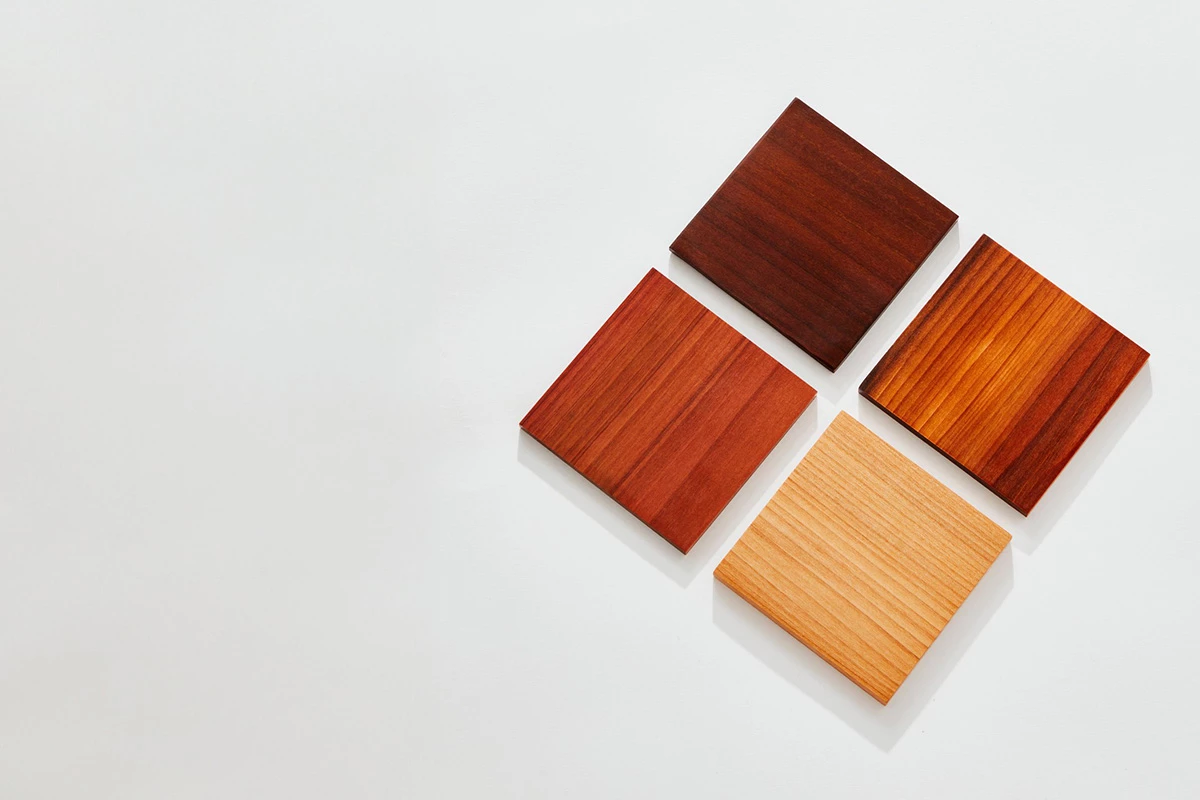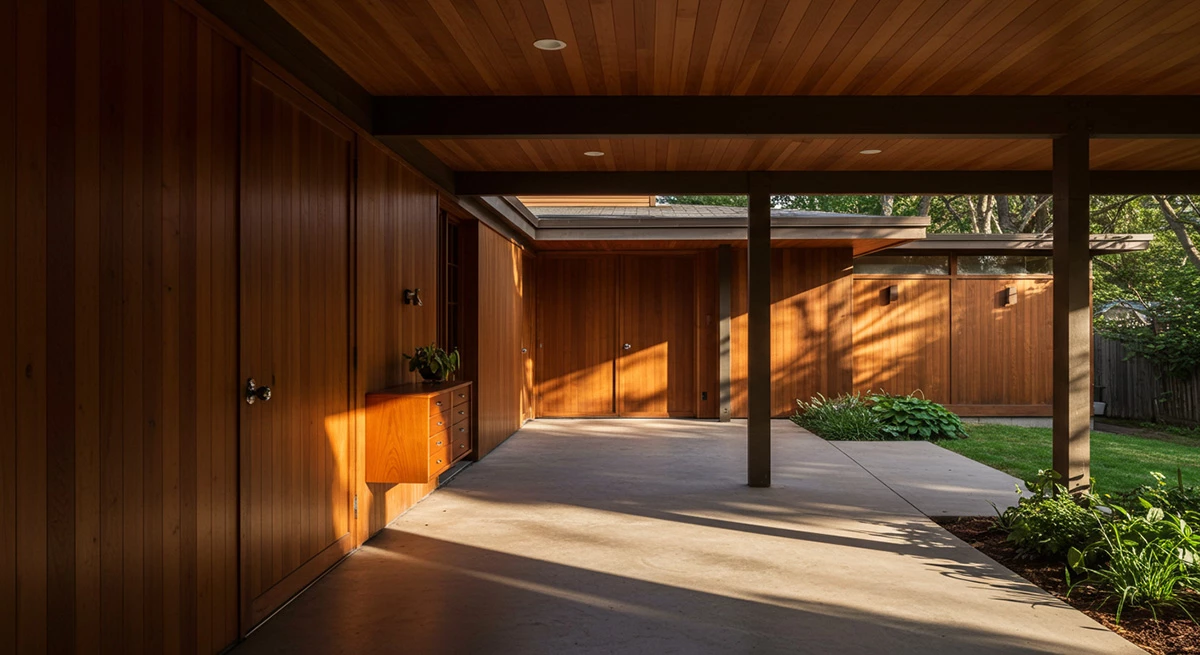Maryland-based startup InventWood is set to mass-produce the first batches of 'Superwood,' a new material made of modified timber that's stronger than regular barky stems, and even stronger than steel. It's set to go on sale later this year.
Editor's note: Readers often ask us for follow-ups on memorable stories. This article was originally published way back in February 2018, and has been re-edited and updated with new information current as of May 2025. Enjoy!
University of Maryland materials scientist Liangbing Hu first devised the material with a 'densification process' back in 2018. TechCrunch noted that this gives it a strength-to-weight 10 times better than steel.

The resulting Superwood is also resistant to fire, weathering, and pests. Hu has since fine-tuned the production process so it can be manufactured at scale in hours rather than weeks, and licensed the technology to InventWood. The company raised US$15 million to build a factory, and will ship its first batches of the material out of there this Northern Hemisphere summer.
Initially, Superwood products will be best suited for use in facades; the plan is to subsequently tackle structural applications that could replace some of the concrete and steel required to construct durable buildings.

Over the last few years, Hu has developed transparent wood, burnt-wood water filters, and sodium-ion batteries based on wood and leaves.
The new Superwood gets its super strength through a two-step process developed by Hu's team of scientists. First, the researchers boil samples of wood in a watery mixture of sodium hydroxide and sodium sulfite, which works to partially remove lignin and hemicellulose from the material. Then, the treated wood is hot-pressed, which causes the cell walls to collapse and forms highly-aligned cellulose nanofibers. The end result is completely densified wood, which is much stronger than the natural stuff.
"This new way to treat wood makes it 12 times stronger than natural wood and 10 times tougher," said Hu in 2018. "This could be a competitor to steel or even titanium alloys, it is so strong and durable. It's also comparable to carbon fiber, but much less expensive."

One of the experiments the team ran to test the material was to fire projectiles at it. While they blasted right through the natural wood, the super wood managed to stop the projectiles partway through.
The researchers said that the process can be applied to many different kinds of wood, and can be scaled to treat bulk amounts of the material at once. At the beginning of the process, the wood can be bent and molded into the desired shape.
The new material could not only allow wood to step in as a cheaper, lighter and more renewable alternative to steels and titanium alloys – it could also allow softer woods to compete with their sturdier but slower-growing cousins.
"This kind of wood could be used in cars, airplanes, buildings – any application where steel is used," said Hu. "Soft woods like pine or balsa, which grow fast and are more environmentally friendly, could replace slower-growing but denser woods like teak in furniture or buildings."
The 2018 research was published in the journal Nature.
Source: University of Maryland via ScienceDaily / TechCrunch
A version of this article was originally published on February 7, 2018.




